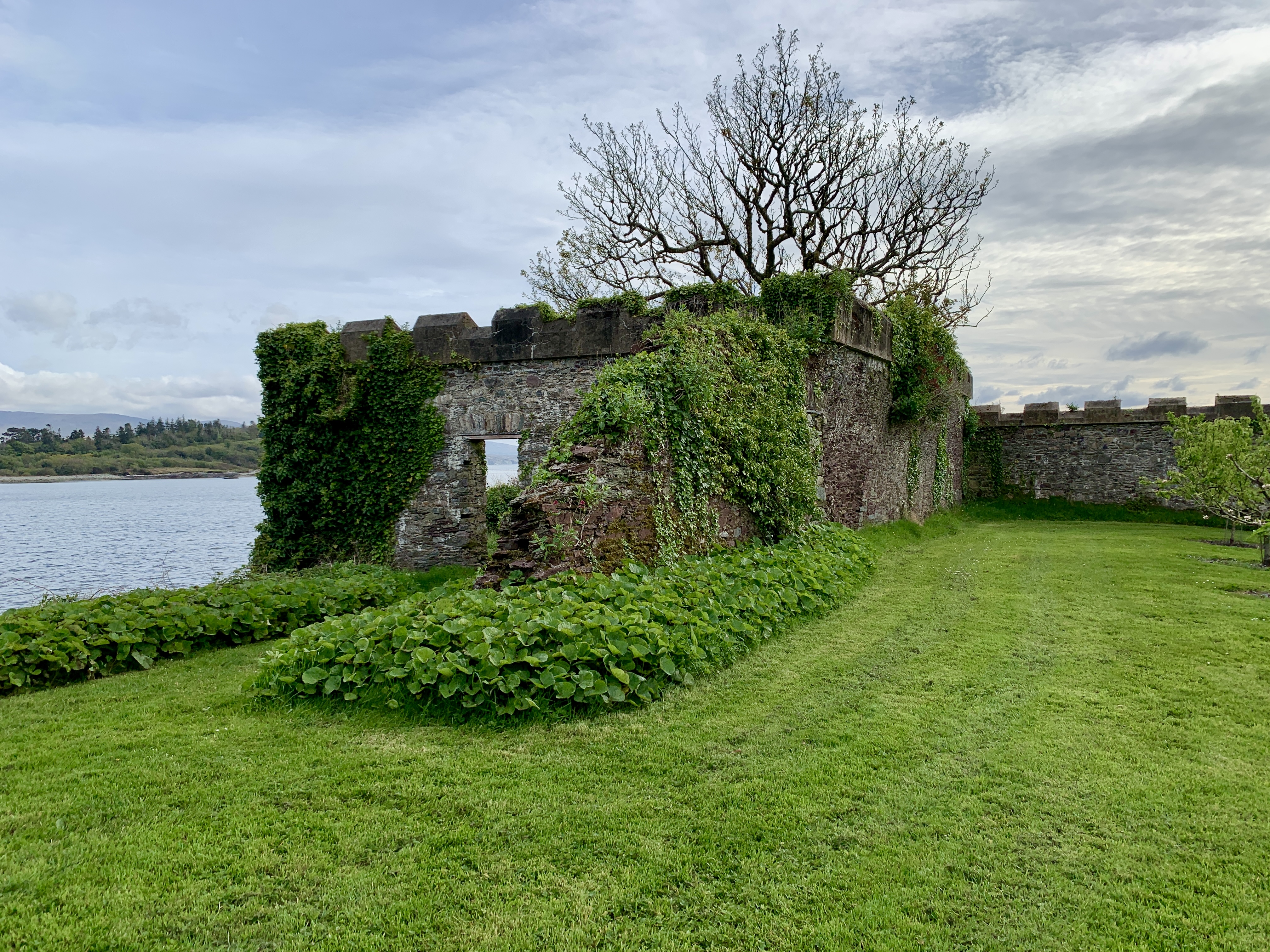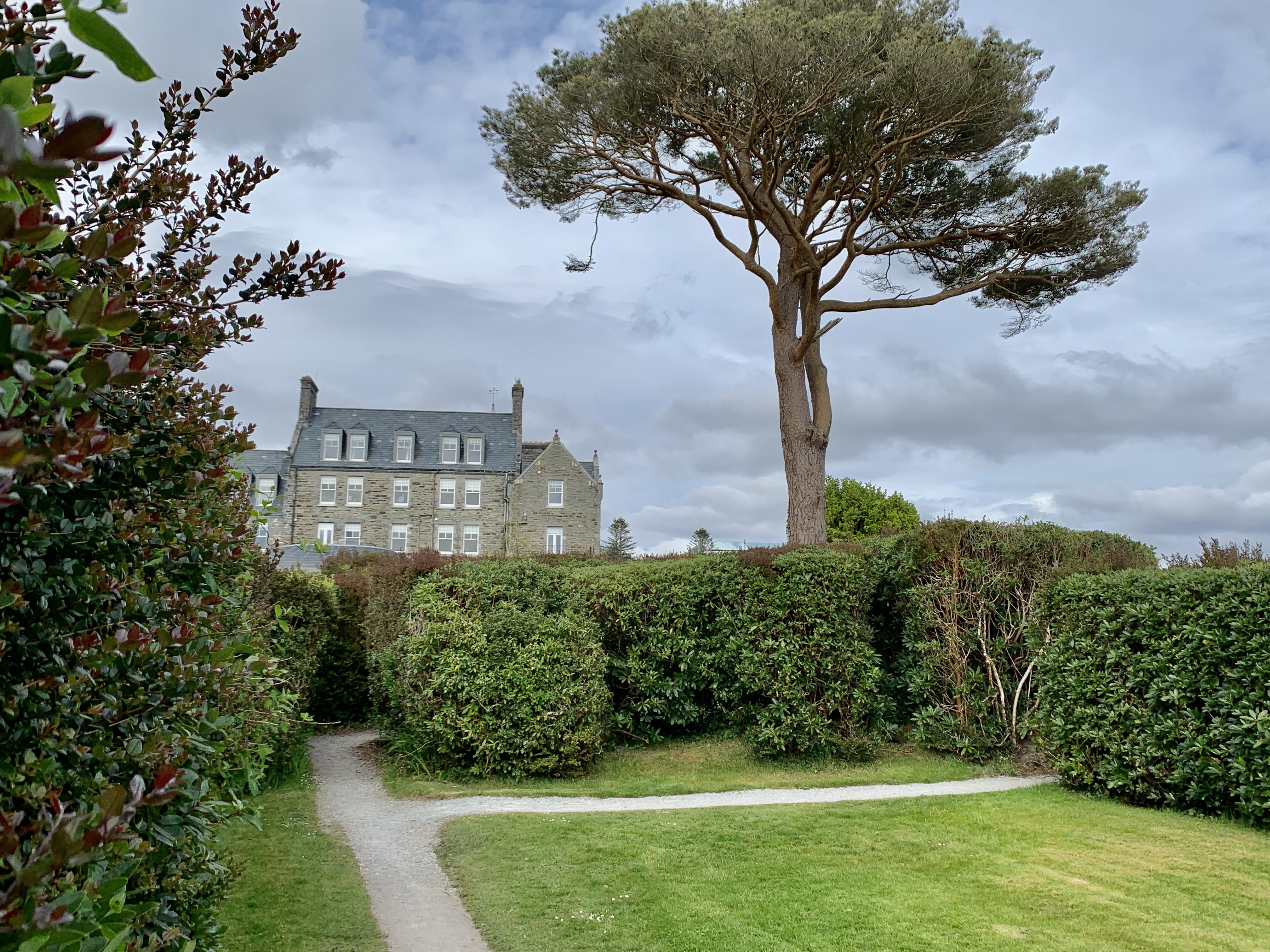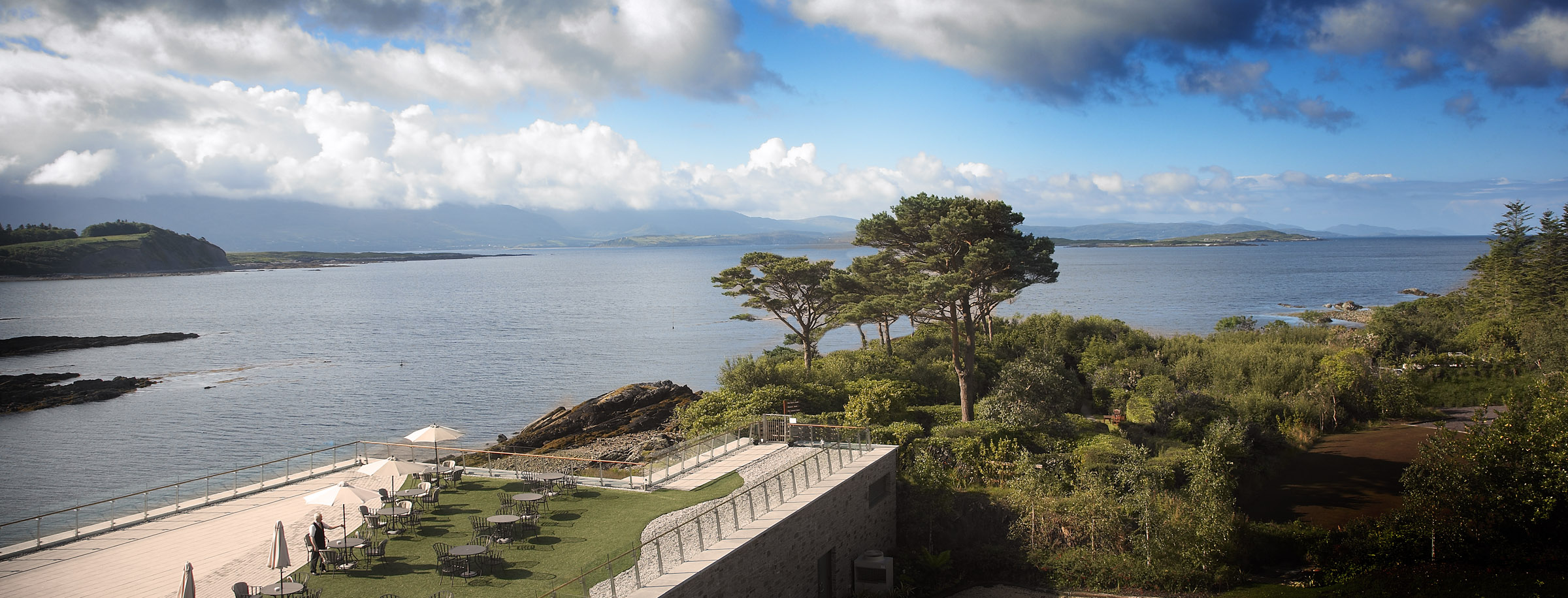Rachel Gaffney’s Letter From Texas - Why Do You Stay There?
The famous foodie who’s flying the tricolour for us in Texas is thinking history this month…A ‘Culturally Curious’ traveller herself, she wonders how – and why - we decide on staying at a particular hotel. For some, perhaps, it’s to “…visit the past, enjoy the present and look forward to the future”. And her comments on Queen Victoria’s 1861 visit to Killarney are especially relevant now, as we mark the 10th anniversary of a modern tourism game-changer, the Wild Atlantic Way.
When we are looking for somewhere to stay, how do we choose our hotels? Are we influenced by travel magazines and awards? By bloggers and writers who stay there for free and tell us what an incredible property it is? Do we take our friends’ advice? Do we ask a travel agent, or do we do our own research? No matter how we decide, the next, and probably more important question is, why do we decide on this particular hotel? Location will always be an important factor, so let’s put this answer to one side. In this article, I am talking about my why and not my clients’ why.
Sneem, a village in County Kerry, approximately one hour from Killarney and half an hour from Kenmare, has a population of 288 people (as of 2016 census). One could be forgiven for simply stopping to take a few photographs, taking time to enjoy some lunch and visiting a few shops. However, this little corner of the Iveragh Peninsula is steeped in history and architecture, not to mention the sheer beauty of the peninsula itself.
 Reverend James Bland moved from Yorkshire in northern England to County Kerry in 1692 and was the Vicar of Killarney. His son, Nathaniel Bland obtained a land grant in 1732 and this would become the Derryquin Estate, overlooking Kenmare Bay. It was here that the Bland family built Derryquin Castle, a three-storey main block with a four-storey octagonal tower rising through the centre. The earliest known record of this castle was documented by Alexander Nimmo in his 1812 map of the area. The great architect, James Franklin Fuller was born in Sneem in 1835 and it will become clearer later why I mention his birth. During the years that followed, a lot was happening in Ireland, namely the great famine of 1841-1851.
Reverend James Bland moved from Yorkshire in northern England to County Kerry in 1692 and was the Vicar of Killarney. His son, Nathaniel Bland obtained a land grant in 1732 and this would become the Derryquin Estate, overlooking Kenmare Bay. It was here that the Bland family built Derryquin Castle, a three-storey main block with a four-storey octagonal tower rising through the centre. The earliest known record of this castle was documented by Alexander Nimmo in his 1812 map of the area. The great architect, James Franklin Fuller was born in Sneem in 1835 and it will become clearer later why I mention his birth. During the years that followed, a lot was happening in Ireland, namely the great famine of 1841-1851.
In 1849, despite the ravages of the famine, Great Southern & Western Railway Lines were laying tracks between Dublin, Cork, Galway and Wexford. In 1853, Killarney saw the arrival of the line from Dublin and, with it, came the opening a year later of a new and grand hotel, called ‘The Great Southern Hotel Killarney’.
This is why Killarney is regarded as the birthplace of Irish tourism.
But a few years later something, or rather someone, would put Killarney firmly on the map forever and that person was Queen Victoria. During her lifetime, she visited Ireland four times and it was her third visit, to Killarney for three nights in August 1861, that opened the floodgates for Irish tourism.
As tourism was burgeoning in Killarney, Kenmare became the terminus of the branch line in 1893. The land on the Derryquin Estate was sold off in lots and some was sold to Great Southern so they could build another hotel. And who do you think the architect was? Yes, it was none other than Sneem born, James Franklin Fuller. The Great Southern Parknasilla Resort opened its doors on the 1st May 1895. Fuller is one of Ireland’s pre eminent architects. You may not be familiar with his name, but I know you will be familiar with his work: Kylemore Abbey in Connemara, Ashford Castle in County Mayo and Farmleigh House in Dublin to name but a few.
 Today, Parknasilla Resort is a 4 star hotel set amidst 500 acres overlooking Kenmare Bay, and I had the opportunity to visit last year. Parknasilla means ‘The Field of The Willows’. Whilst the hotel offers a spa, golf and tennis, it was the landscape that drew me like a moth to a flame. Walking the path below the hotel, I could hear the waves lapping along the shoreline and the birds singing around me. Although the beauty of the pink rhododendron is captivating, we must spare a thought for our ancient oak trees being swallowed up here and around the country from these invasive thickets. Walking through a tree canopied path, it led to a quiet cove. I sat on the rocks and listened. The birdsong was so varied, I only wish I knew what birds I was hearing. There were just so many sounds.
Today, Parknasilla Resort is a 4 star hotel set amidst 500 acres overlooking Kenmare Bay, and I had the opportunity to visit last year. Parknasilla means ‘The Field of The Willows’. Whilst the hotel offers a spa, golf and tennis, it was the landscape that drew me like a moth to a flame. Walking the path below the hotel, I could hear the waves lapping along the shoreline and the birds singing around me. Although the beauty of the pink rhododendron is captivating, we must spare a thought for our ancient oak trees being swallowed up here and around the country from these invasive thickets. Walking through a tree canopied path, it led to a quiet cove. I sat on the rocks and listened. The birdsong was so varied, I only wish I knew what birds I was hearing. There were just so many sounds.
Sadly, during the turbulent times of the Irish War of Independence, Derryquin castle was attacked and burned to the ground in 1922. Whilst walking the ‘Castle Trail’ it led me to all that remains of this bygone era and a magnificent 360-degree view of Kenmare Bay. I thought of all those who had gone before me and how I was enjoying the same view as the Bland Family did in the 18th century. We are all just passing through. As I walked, I inhaled the sea air deeply and could not help but notice the unmistakable scent of freshly cut grass. The apple trees were blossoming in the walled gardens, promising a plentiful bounty. The old castle walls now formed a protective barrier from the elements for the chefs’ kitchen garden. Kale, cabbages and courgettes (zucchini) salad mixes and spinach along with a wide variety of herbs were all planted beneath the safe shelter of these walls, benefitting from the salt sea spray and the temperate influences of the Gulf Stream.
I made my way back to the hotel, but stopped again briefly to sit on one of the many benches throughout the estate. As I sat, I was looking across a cove to the hotel. On the pier beneath children were out crabbing. Nothing had changed since I was a child. Or at least in this moment. They dangled string with limpets peeled from the rocks to use as bait for the crabs below. Buckets, all lined up in eager anticipation for their catch. There were no phones or iPads in sight. They were simply children playing. Shrieking when one caught something, only to have their hopes dashed when it was but a piece of seaweed.
There were and are many people linked to, or related, to this Estate. Sir Christopher Bland, former chair of the BBC until 2001, happened upon a photograph of his ancestors and Derryquin Castle inspired him to write the novel ‘Ashes in The Wind’. Former Prime Minister, David Cameron is a descendant of Nathaniel Bland who first developed the land back in 1732. Walking the halls and public areas of the hotel, there are clues and nods to its past all around you. For some, it’s a place to come to stay, relax, dine, enjoy the spa and return home. For me, it’s a place to visit the past, enjoy the present and look forward to the future.

https://www.rachelgaffneys.com/
https://twitter.com/Rachelgaffney





There are currently no comments
Leave a comment
Not a member? Register for your free membership now!
Or leave a comment by logging in with: